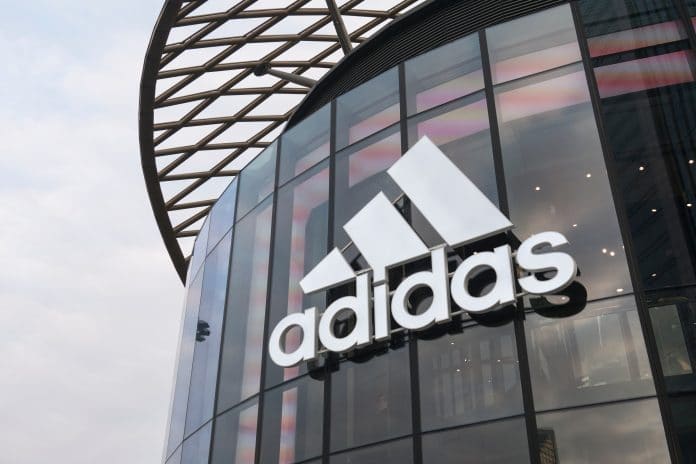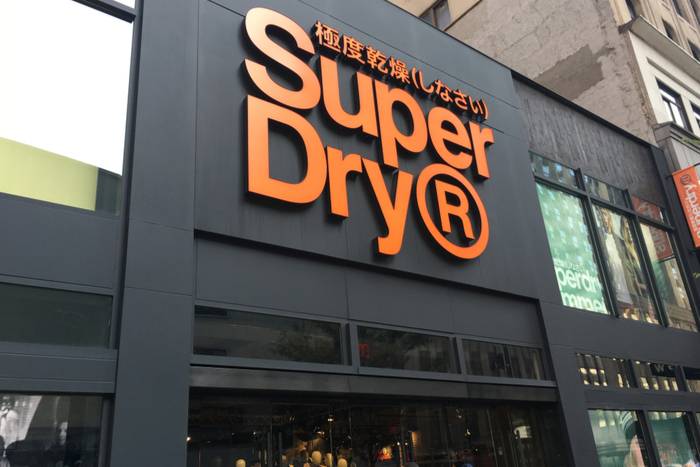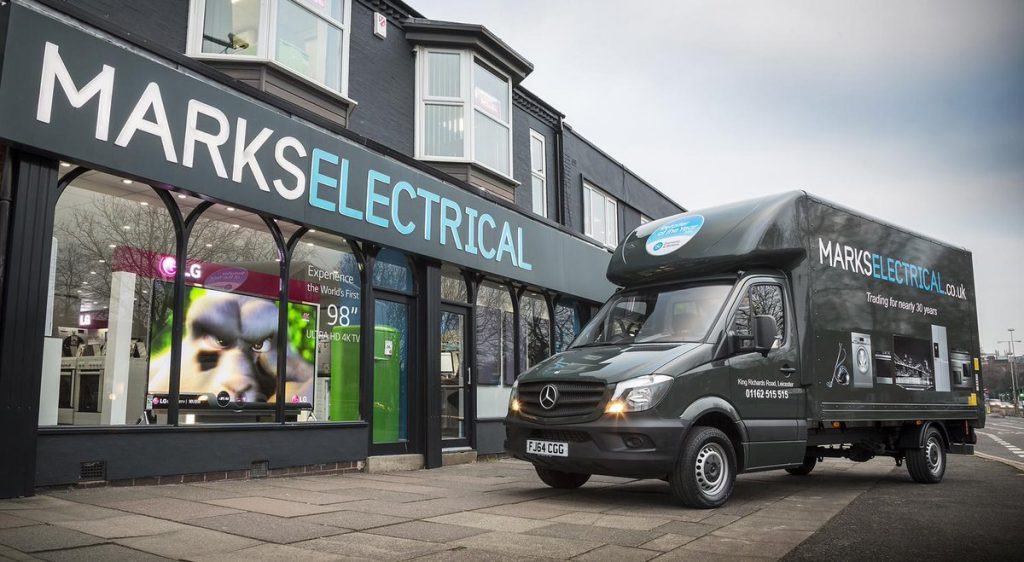With Christmas just around the corner, brands are looking to maximise sales opportunities and drive as many people as possible to retail outlets. This festive season, click and collect services look set to be a vital tool in their arsenals, with recent research by eBay and analysts Conlumino predicting that the average click and collect services will generate an additional £1.15 billion for retailers, whilst further research shows that 95% of shoppers look set to use the service this year. Last Christmas 25% of shoppers bought extra goods from the store where they picked up their order, highlighting the real value click-and-collect services have for the retail industry.
For brands to generate the most opportunity from click and collect services, however, it‘s important that they‘re integrated seamlessly into the customer journey; whilst click-and-collect services are undoubtedly a fantastic tool for brands, for them to have maximum effect they need to be deployed carefully as part of an over-arching web-to-store strategy.
The importance of a seamless customer journey
At each stage of the customer journey, there is a risk that the brand could lose the customer if they don‘t sufficiently engage with them and meet their requirements. When a shopper encounters a flaw, retailers become open to the risk that the customer might be tempted to switch to a competitor who is better able to engage with them, or may even abandon their intent to purchase all together. This means that having even one weakness along the customer path could dissuade potential customers from continuing on their purchase journey, harming other marketing strategies such as click and collect which have been implemented along the way, and hindering ROI overall.
It‘s therefore crucial that brands engage with customers along each stage of the purchase journey. While engaging with consumers has become more difficult with the advent of online and mobile shopping, technology means it‘s possible to now deploy multichannel marketing solutions that support brands looking to optimise their customer‘s journey both online and in-store.
Optimising platforms for Mobile and Tablet
To maximise the success of solutions such as click and collect, it‘s essential that the service is optimised on all devices. This was enforced by a recent study by Kantar, which revealed that 69% of UK adults become “frustrated” when sites aren‘t optimised for mobile. This frustration could lead to them switching to a competitor‘s site, highlighting just how important it is that brands optimise their sites for mobile and tablet.
Utilising a store locator to drive footfall to stores
Another key way click and collect can be integrated into a seamless customer journey is by a store locator solution. Internet Retailing published a report in October which revealed that 74% of customers like to see whether an item they‘re searching for is in stock at a nearby store. So, by providing the customer with this information when their searching for a local outlet, they are able to not only find out where they can buy their chosen brand, but also if what they‘re looking for is in store. This approach is proven to dramatically improve the customer experience, driving footfall to stores and improving customer retention and loyalty.
One brand who employed this tactic is leading luxury watch manufacturer Tag Heuer, who drastically increased traffic to its bricks and mortar stores by improving the visibility of its local stores. Tag Heuer used Solocal Group‘s web-to-store solution to assess web traffic and the interests of online users. The brand also regularly updated local store pages and added incentives for customers to interact, such as offers redeemable in nearby outlets. By combining a number of different tactics with a dynamic store locator, Tag Heuer was able to
RELATED STORIES

















